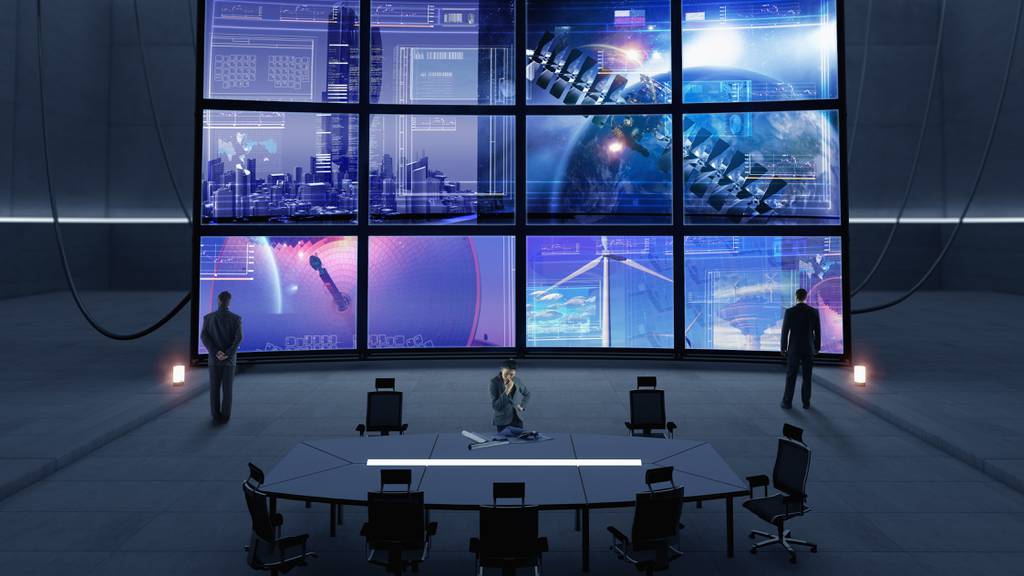Changes in technology are impacting all of us in ways that were unimaginable just a few years ago. The dynamics of the cyber operations environment shows no signs of slowing down, and that presents many challenges. If anything, we should expect the drives of change to accelerate. Today, agility, creativity, innovation and adaptability are essential attributes for all those involved in security, defense and intelligence. What would you do if you were in charge? Can we get ahead or will it be a stretch for us to just keep up? Those are two of the most interesting questions to think about. Many are quick to point out all the shortcomings; but when it comes to answers, few are willing to go out on a limb and make recommendations.
While looking into the emerging challenges, an interesting observation was made: The U.S. needs a bold technology strategy that addresses offensive, defensive, analysis and intelligence gathering capabilities now and in the near- and long-term.
This is a tall order to be sure. Perhaps we can take a lesson from the tech sector. Some organizations assembled three teams, and they basically competed with the output of the teams being anonymous to decision-makers. Team 1 was the best and brightest insiders. Team 2 was made up of total outsiders not even associated with the industry. Team 3 leveraged participants operating on the fringe. The teams were all presented with the same challenge of creating a vision of what technology currently needs (1-3 years), will be needed shortly (next 4-7 years) and a longer-term vision (7-10 years) of the technology environment.
Thinking back about those sessions, it was those that operated on the fringe that had the most interesting visions. One has to wonder what the results would be if this was applied to the cyber environment!








